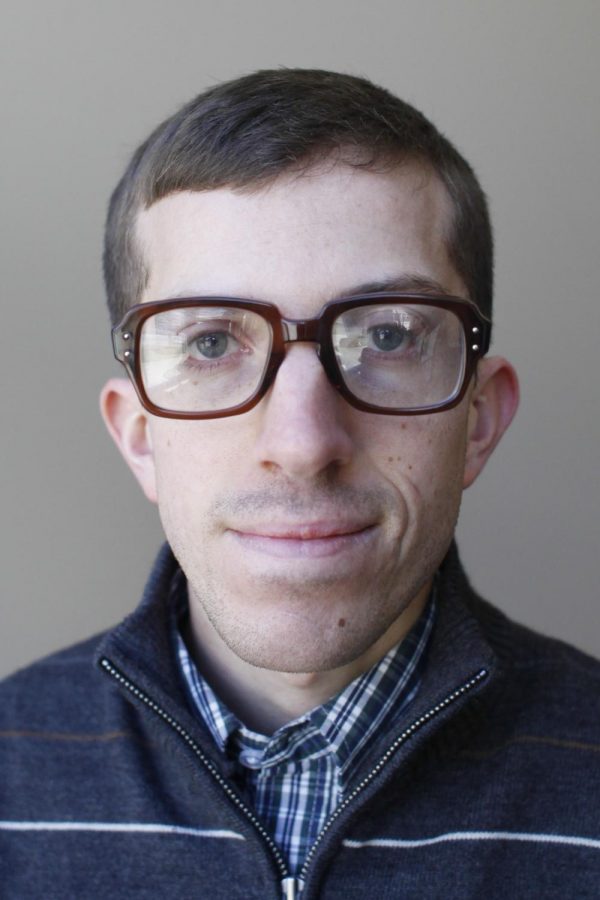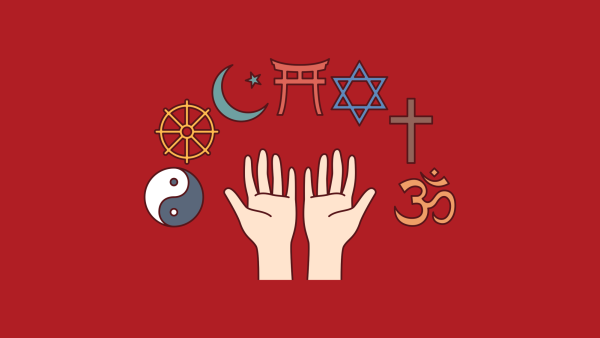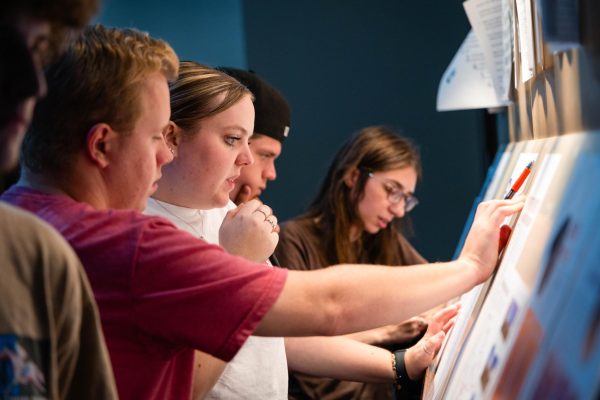Health Matters: Say hello to my little germs
April 1, 2014
What if I were to tell you that the person writing this column (i.e. me) is 90 percent germ?
You might tell me to go take a shower (I did this morning, thank you), or you might imagine a strange looking bug sitting at a desk typing and rummaging health articles. Well I am not a bug, and although I am composed mostly of microbes, in this matter I am no different from you or any other human on the planet.
Research within the last ten years from the Human Microbiome Project, a research project sponsored by the National Institutes of Health, has shown that the human body is teeming with a diverse, dynamic, and balanced population of bacteria, fungi, and viruses, collectively called ‘the normal flora.’ In fact, more than 90 percent of the cells and 99 percent of the genetic material in your body are microbial.
“We are knitted with microorganisms,” said WKU microbiology professor Mark Clauson. “The most important part is keeping a balance of what we call indigenous or normal flora. As long as a balance is made, we don’t have a problem.”
Different parts of the body contain different forms of life, each form of life adapted and evolved to its particular landscape. A wet place like the inside of the mouth contains different microbial species from a dry place like the scalp.
Life is most abundant and crucial in the intestine. Here, microbes help to digest food, extract nutrients and energy, and send chemical messages to other parts of the body including the brain. Throughout the body, microbes help to form the immune system and prevent various types of infection.
Each person’s normal flora looks slightly different and relates with those of one’s parents.
A newborn first becomes exposed to microbes as she enters her mother’s birth canal and these initial microbes ‘seed’ her with a proper balance and diversity. Along with the microorganisms found in breast milk and the baby’s environment, these seedlings help to build her unique normal flora.
Lifestyle factors can cause changes in the microbial community. One study published in Nature last December suggests that within days of changing one’s diet (e.g. from a plant-based diet to an animal-based diet) there is a population shift among bacteria in the gut and changes in how certain bacteria function.
Overuse of antibiotics can kill members of the normal flora.
“The indiscriminate use of antibiotics disrupts the balance in the gastrointestinal flora,” said Clauson. “In disruption, it can create an environment for infection like Clostridium difficile, for example, that can make a life-threatening condition.”
Disruption of the normal flora is also associated with obesity, malnutrition and cancer.
Many scientists view the microbiota, the microbial life throughout the body, like a miniature ecosystem with the diversity and interdependence of a tropical rainforest. Just as the ecological health of a rainforest depends on the diversity of life within it, our health depends on a diverse community of germs inside each of us.
Comparison studies suggest that the flora of many people from Western nations contains less diverse life than the flora of people from less-developed nations or than the flora of previous generations. Some scientists believe that this may help explain the prevalence of conditions like asthma and allergies in the United States.
There is also growing evidence that the bacteria in our guts may influence our behavior, moods, and feelings by helping to mold our brain structure when we are young and by affecting our brain chemistry when we are adults. Researchers are studying whether probiotics, microbes that help to balance the normal flora, can help as a treatment for various mental disorders including anxiety, autism, and bipolar disorder.
So, with trillions of bacteria, fungi, and viruses living on and inside my body, perhaps as Michael Pollan suggests, it is more accurate to think of myself not as human in the first-person singular but “in the first-person plural – as a superorganism, that is, rather than a plain old human being.”
I asked professor of philosophy Michael Seidler about this. Are we still human? He said that your answer depends on whether you believe in a human essence, something inside of each of us that cannot be changed.
“It depends in part on whether you think human identity is stable, always means the same thing, or should it mean the same thing,” he said. “Or are we malleable and perhaps evolving.
Whatever your answer to this question, these recent findings add complexity to the idea that each one of us is a microcosm, a tiny world amidst other living things, each one of the seven billion of us humans contributing to the health of the Earth like the trillions of germs contribute to our personal health.
Links:























